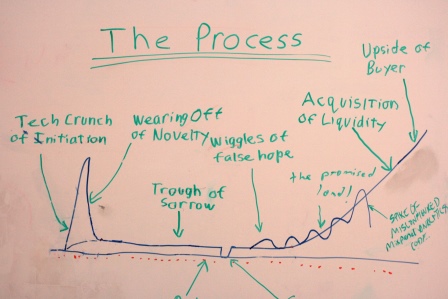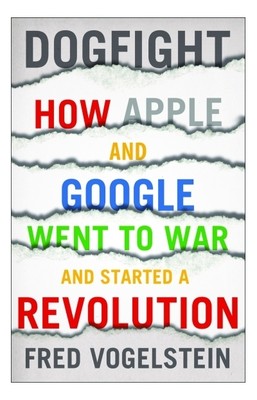I was excited to be a part of the thought leadership event organised by the ITSMA with InformationWeek as the media partner. Knowing that this one was positioned to give out insights on where marketing is headed had me more curious about what was the discussion going to be like. There was a good mix of representatives from several IT firms and its always great to be in a room full of marketeers!
The event started off with a session by Dave Munn, who elaborated on the top priorities for marketeers. Interesting stats shared indicated that only 9% of CEOs actually use marketing data. But, on the whole the perception of marketing has improved for this year as nearly 78% of the audience they survey voted in favor, 20% had the same view and only 2% had a lowered perception. Now, that is the challenge i see whenever i’m talking to any other function. Marketing always needs to emphasize on the value they are driving for other business units/functions. Some of the top priorities for marketeers this year are:
1. Building thought leadership & dissemination of the content created for this
2. Managing brand reputation
3. Aligning sales & marketing
In terms of the budget being allocated for marketing, content creation took the top spot. For digital marketing the priority of allocating monies was: Website, Search, Online Advertising, Online Communities & Social Media. Digital marketing was also one of the key marketing areas that saw an increase in budget allocation. Most of this was taken out of the cuts in sponsorship, direct mailers, advertising or public shows. A remarkable point was that nearly 25% of the overall marketing budget goes out to external agencies as fees/payments. Dave also listed the 5 mandates for marketing this year:
1. Measure & communicate metrics: Its important for marketing to contribute to business outcomes & provide predictive insight.
2. Become data & technology frontrunners: Invest in skills, build omnichannel marketing, foster the potential of data & analytics and lastly increase awareness with the c-suite.
3. Improve relevance & personalisation for the customer: Track for insights, provide customised marketing and make use of personas. This involves rendering different treatment when you talk to CMOs/CFOs/CIOs.
4. Enable thought leadership selling: Use sales teams to provide insight about client needs, enagagements and discuss challenges with marketing. Marketing also needs to manage & train SME’s to increase the awareness of our offering.
5. Build adaptive culture in marketing: Marketing needs to be proactive & collaborate within the functions. Companies should build a reward based culture to value business contribution from marketing.
The later session by Ramkumar Ramamoorthy was also rich in terms of the takeaways from his experience with the sterling work he has done at Cognizant. The impact of investor and analyst relation teams cannot be discounted. The last session was a panel discussion with key members such as Jyoti Singh (Genpact), Lavanya Jayram (Zensar Technologies), Kulwinder Singh (Synechron) & Sujit Janardanan (Amazon Web Services). Key takeaways from this discussion was about how marketing ROI is being measured (metrics differ everywhere), value being added through marketing (engagement matters on social & business matters in place of leads), investments matter in place of cost as that can be used to justify customer retention value over time.
Overall, i think it was an excellent session as it refreshed some of my own learning to reinforce the same. On the other hand, we picked up some good examples that were good to know and i also bumped in to some people i worked with earlier! All in all the new face of marketing looks good to be worked with in the future 🙂





